
How To: Dissect a wasp
If you find a dead wasp in your room (and it has been "un-living" for a while you may want to dissect it for pure science--even if you use a screwdriver.


If you find a dead wasp in your room (and it has been "un-living" for a while you may want to dissect it for pure science--even if you use a screwdriver.

Learn how to identify the major parasite that destroys Monarch caterpillars and butterflies. A quick magnified look at their scales can reveal this most dangerous butterfly plague.

With summer just around the corner and the family spending more time outside insects such as chiggers can become an annoying hindrance to outdoor activities. Luckily, there are ways to deal with the little buggers with a little effort and some key items.

Tarantulas make fascinating pets but do require a lot of care. Learn more about keeping tarantulas as pets with tips from an exotic animal expert in this free video on pet spiders.
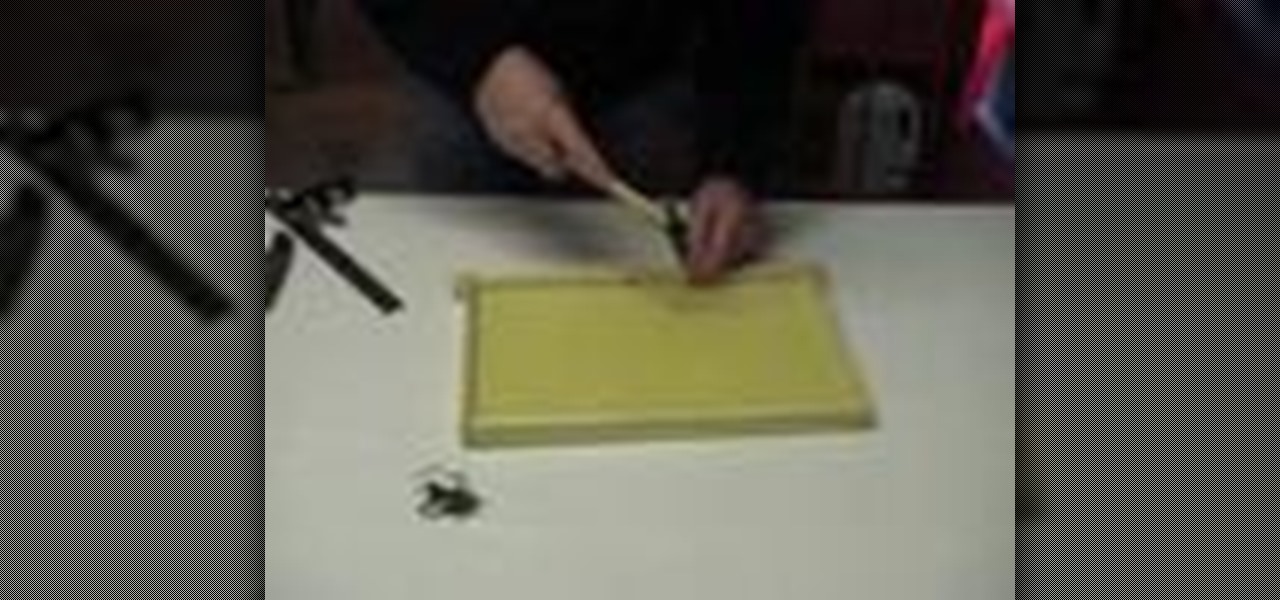
Check out this detailed beekeeping video tutorial on how to construct a wooden commercial frame with wax foundation for use in a honey bee hive by beekeepers. Also, learn how to use a plastic frame.

How to set up a Bee Hive" presented by The FruitGuys Farm Steward Program.Your purchase of organic fruit delivery supports projects helping small family farms nationwide.

In this series of pet care videos, our spider expert will introduce you to the dangerous world of the Chaco Golden Knee Tarantula. However, their lives may not be dangerous in the way you are used to thinking of tarantulas: as a horror movie nemesis that threatens to off the hero with just one bite.

In this online video series learn how to culture fruit flies from fruit fly culture expert Richard Reavis. Watch these videos to learn about the different types of fruit flies. And learn fruit fly culturing essentials such as what materials and supplies you need to culture; how to select fruit flies; how to clean the culture area; how to measure and properly mix the media, water, and yeast for the culture; how to add flies to the culture; how to prevent infestation and contamination of mites ...
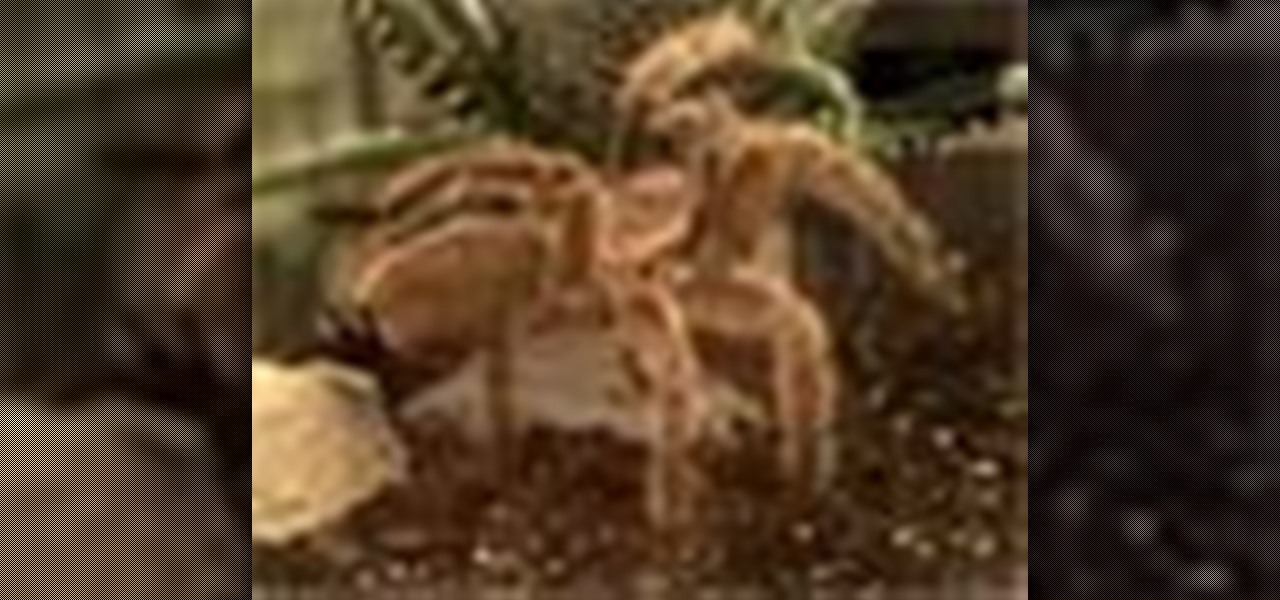
They're creepy. They're hairy. But they still make great pets. For some of us, at least. Watch and learn how to care for your tarantula. Created by our favorite British imports over at videojug.com, this informative tutorial gives you all you need to begin your loving relationship with your pet spider. Care for your tarantula.
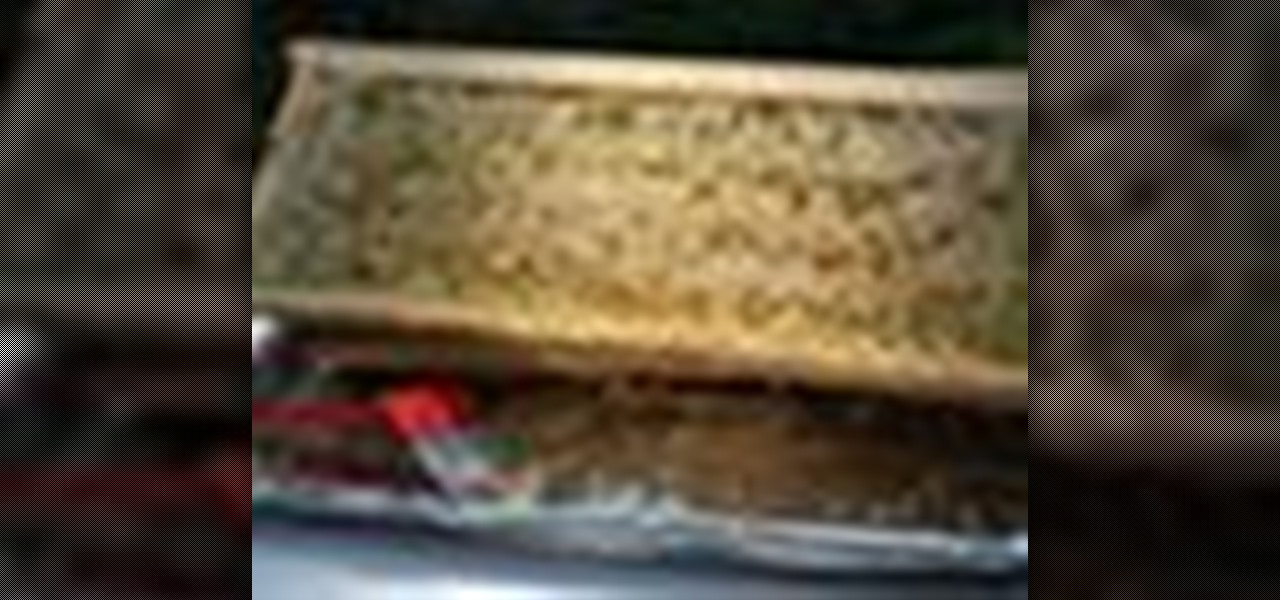
If you already have the skills for amateur beekeeping, as outlined in Mary Reilly's previous video, then it's time to start harvesting the honey from those honeybees. Mary shows the fruits of her busy hive and demonstrates honey extraction techniques. Mary and Kelsey Clark suit up in heavy-duty garb to sweep irritated bees from the hive frames. The comb on each frame is then raked to expose the honey. Then the frames are placed in an extractor that spins out the liquid gold using centrifugal ...

Love the taste of honey, but hate the price? The solution many people have turned to is amateur beekeeping, where you can have all the honey you want, for minimal startup costs and periodic maintenance. It's a little work, but if you're a honey nut, just as much as the honeybee, then you need to become a recreational beekeeper.

In this video tutorial, we learn how to get rid of fleas at home without using chemicals. One way to do this is to chop up 6-8 lemons and let them sit in hot water overnight. After the evening, pour the juice into a spray bottle and spray it onto your pet's fur, which will keep fleas away. You can also take cedar bedding and spread it around their bedding area, which will repel fleas as well. Also, on your carpet you can make a mixture of 4 parts borax and 1 part salt and spread into your car...

To get rid of fleas take a pan and put some water in it. Float a tea light candle in the water and light it. Take some dish soap and pour it into the water. Mix the soap into the water. You are not trying to make a lot of bubbles but the soap in the water catches the fleas. Put the pan in the flea infested area and the fleas will be drawn by the candle light. They will leap into the pan to get to the light. The soap will hold them in the water. Another way to get rid of fleas is to take 6-8 l...

Sure, they'll bite and sting and they're pretty much the definition of nasty looking. But that doesn't mean they'll make bad pets... Right? Learn how to take care of your Emperor Scorpion with this straight forward and informative video from Videojug.com. Care for emperor scorpions.

The world's first bee populated billboard features 10,000 of the insects, drawn in from a local honey bee farm, using queen bee pheromones. The billboard is a call to action for England’s diminishing bee population, which has decreased by 50% in the last 20 years.
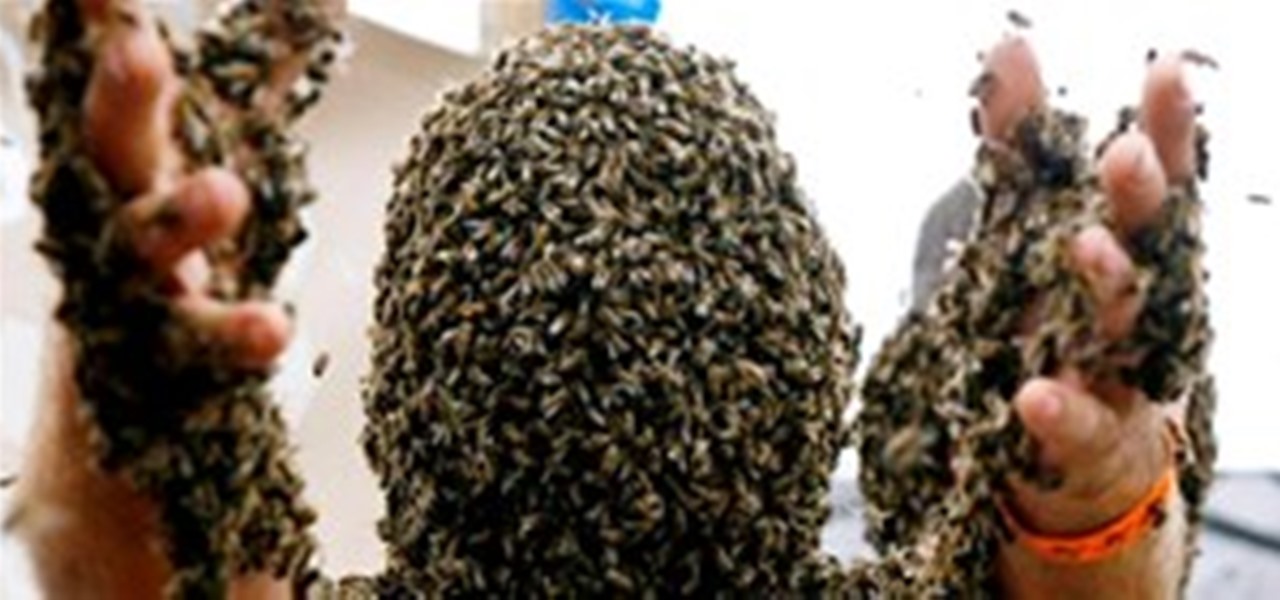
Every year in Ontario, Canada, the Clovermead Bees & Honey, Bee Beard Competition is held. Categories include squeezing honeycomb, lighting smokers, suiting up quick, and building bee boxes, and catching bees.

François Vautier built an art farm into his scanner and then proceeded to scan the farm each week for a duration of five years. Amazing time-lapsed result below. Inspired project... though perhaps not quite as inspired as the massive ant city filled with cement and then evacuated (video #2 in the gallery below). Insane. Don't miss it.
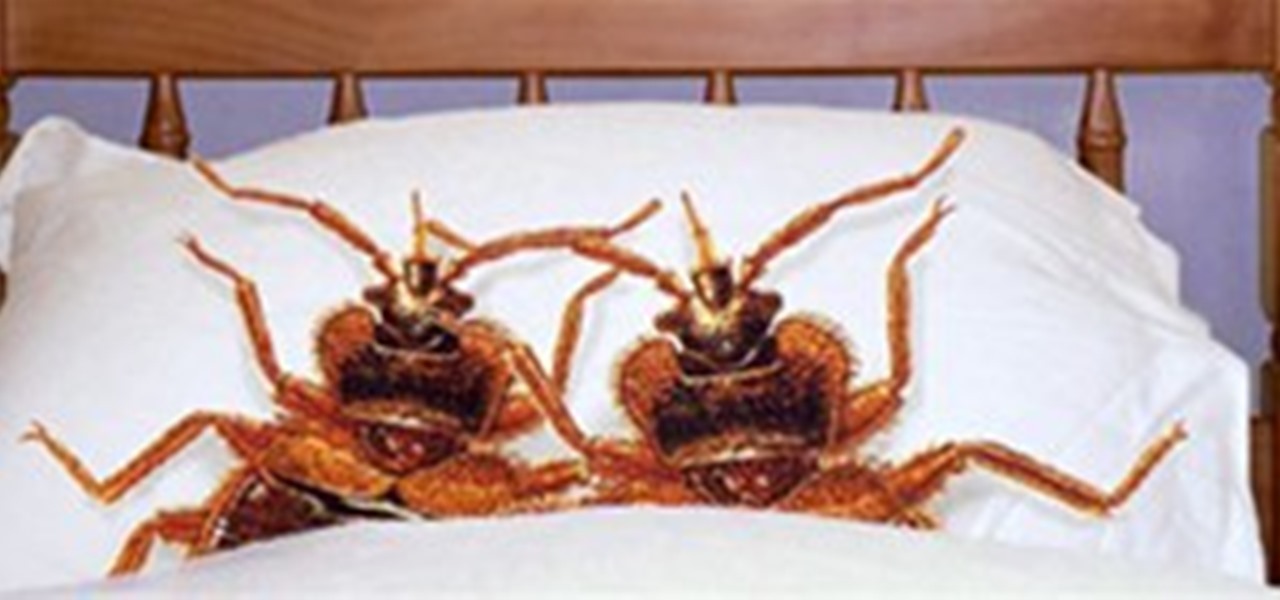
If you've ever had even the slightest encounter with bed bugs, you know they are the most feared, nastiest vermin in New York City, as well as other closely populated spaces (re: college dorms). The latest nasty bit of news on the topic concerns clothing retailer Hollister- their flagship Soho store was shut down for three days for infestation.
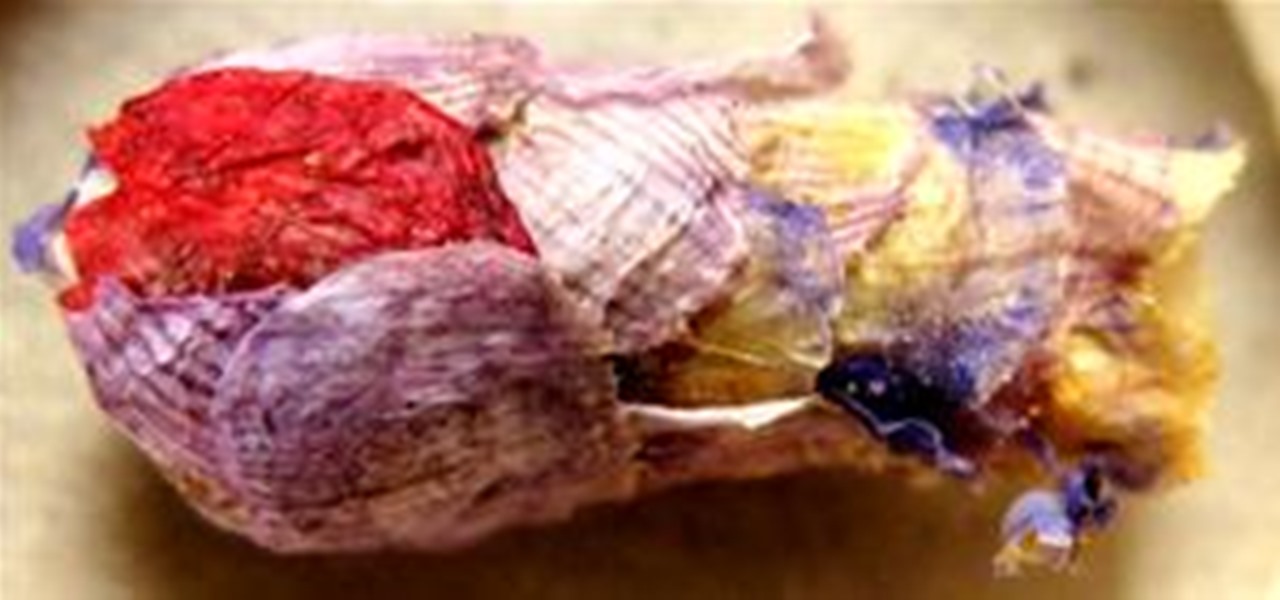
Two research teams, in Turkey and Iran, both recently discovered an incredibly rare species of bees. Coined the Osmia (Ozbekosima) avoseta bee, the insects use colorful flower petals to create papier-mache cocoons for their offspring.
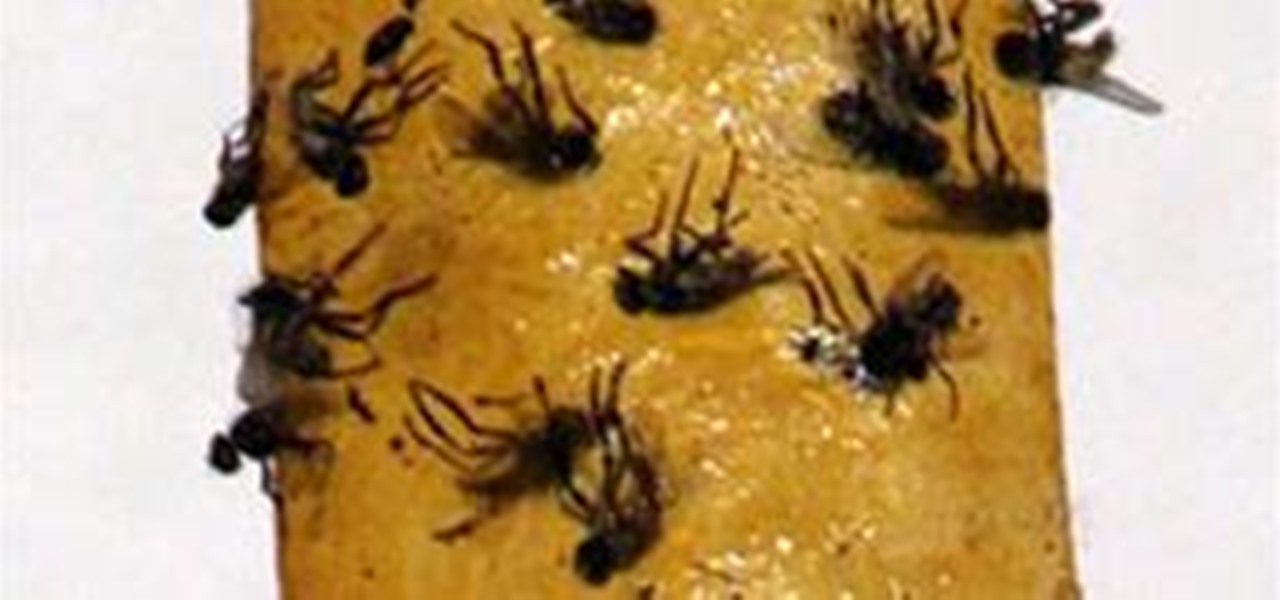
Curbly says, "This fly paper is delicious! How couldn't it be with ingredients like this?" Ingredients:
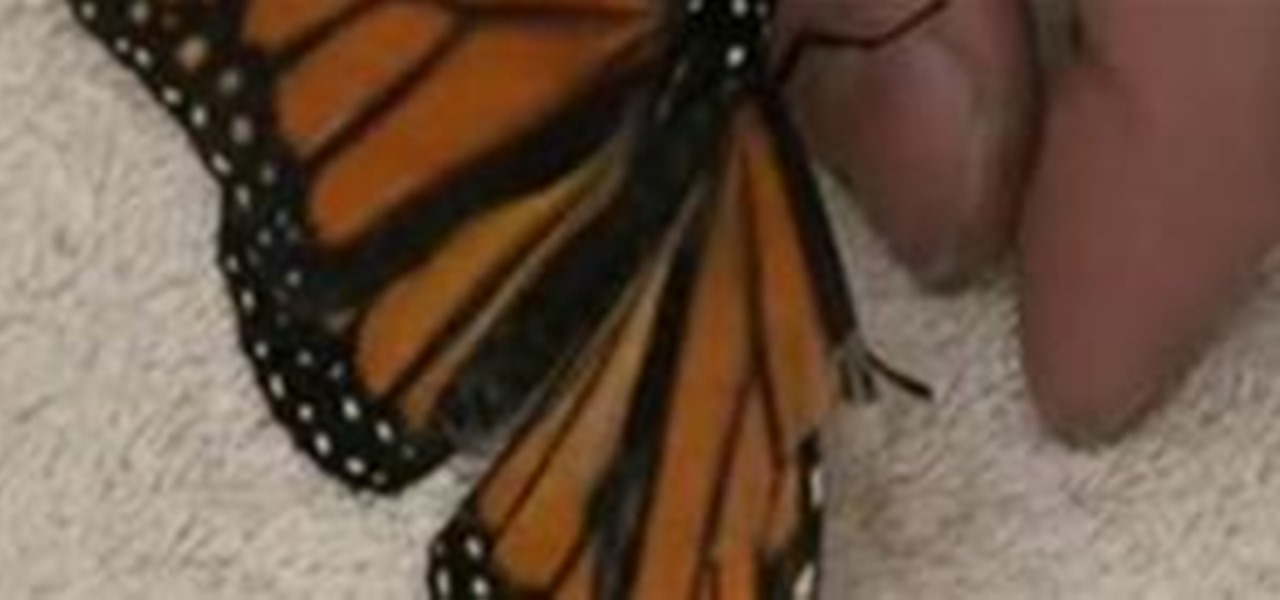
This seems unbelievable and quite unnatural, but the backyard surgery of reconstructing an insect's wing is possible.

Identify pinion needle scaleWe are going to look at this insect because eggs are being laid. Two year old needles are being cast off. This is a sign of infestation. There is also sparse, open foliage. This tends to be a chronic infestation. The insect is the pinion needle scale. You can see tiny, bean shaped bumps on the 2 year old needles. The insects move to last years new growth and feast on the sap of the needle all summer. You can see egg masses and web on the trunk of the tree. The inse...

Cockroaches are one of the most durable and and irritating forms of life on Earth. Many turn to toxic chemicals to get rid of them, but that's not very green is it? This video will give you some eco-friendly tips for preventing infestations, trapping insects, and disposing of them once you've caught them. Yes, cockroaches are part of nature. No, that doesn't mean we're not going to kill them.

In this video, a man answer questions sent in by viewers, about various plants. First he covers how to braid a ficus tree trunk. To do that you must grow the trees close together, then trim off the bottom limbs, and braid the trunks. Next he talks about growing miniature roses indoors. Miniature roses must be carefully watches for mold, insects, and over-exposure to sunlight when grown indoors. Then he answers a question about carnivorous plants. He covers the Venus fly trap, and demonstrates...

Curtis Smith provides information on how to use chickens to control garden pests. Using chickens keeps the use of pesticides to a minimum and keeps plants healthier. In the organic garden, chickens are used because they'll eat any insect as well. The process is known as Integrated Pest Management, Curtis explains that its basically knowing your pest. It also reduces the amount of feed that has to be purchased for the chickens because they're eating the insects in the garden. It also controls ...
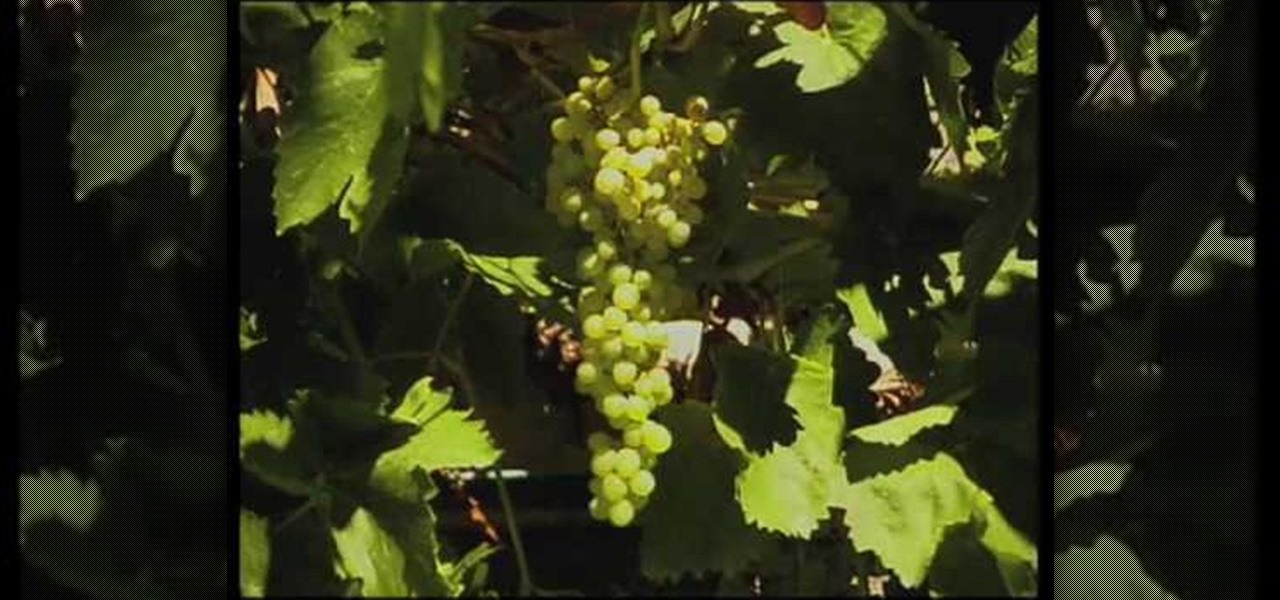
During the month of August you should be taking steps to protect your trees from bugs and insects. Especially if you have stone fruits which are peaches, cherries, apricots, plums and almonds. To do this you will need to treat around the entire base of the tree with an approved insecticide. This will prevent the insects from laying eggs in your tree. A copper fungicide with dormant oil should be used to treat any bacterial infections that might arise and be a sign that your tree is in distres...
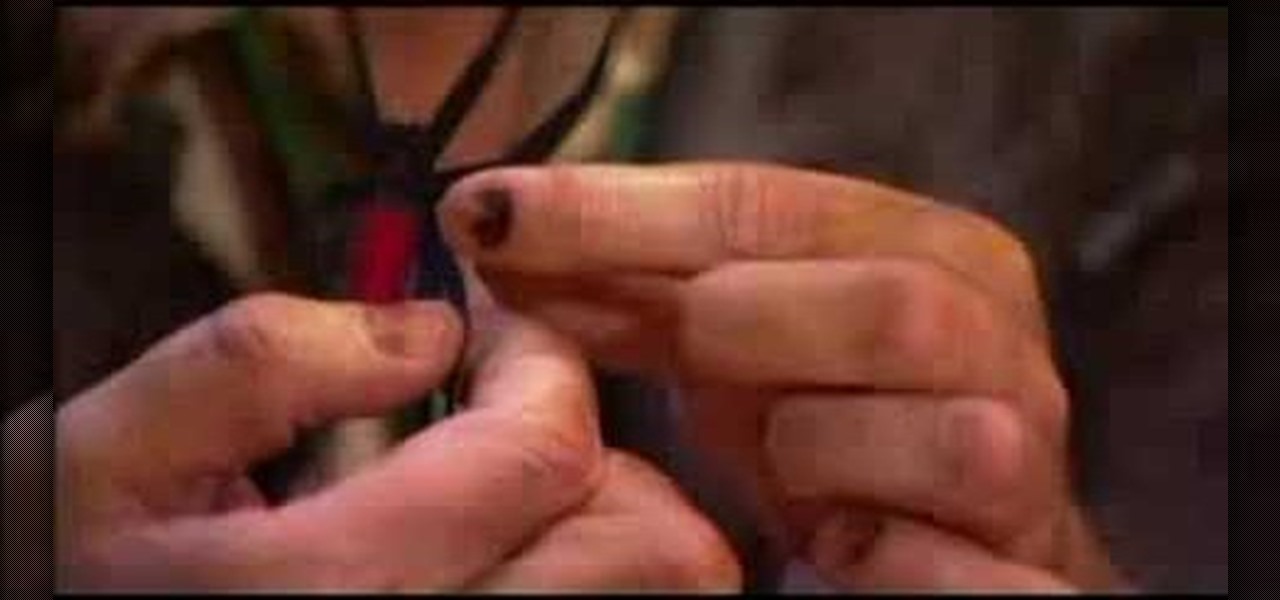
This video shows the viewer how to make Halloween style lanterns using commonly available items. The base lantern is a Chinese style paper lantern; these can be purchase from home retail stores. The general principal is too cut out the shapes of insects from black paper. These can then be fixed to the lantern to project the image. Additionally holes can be cut in the insects and covered with red tissue paper. The light will shine through the red tissue paper giving the appearance of blood. Th...
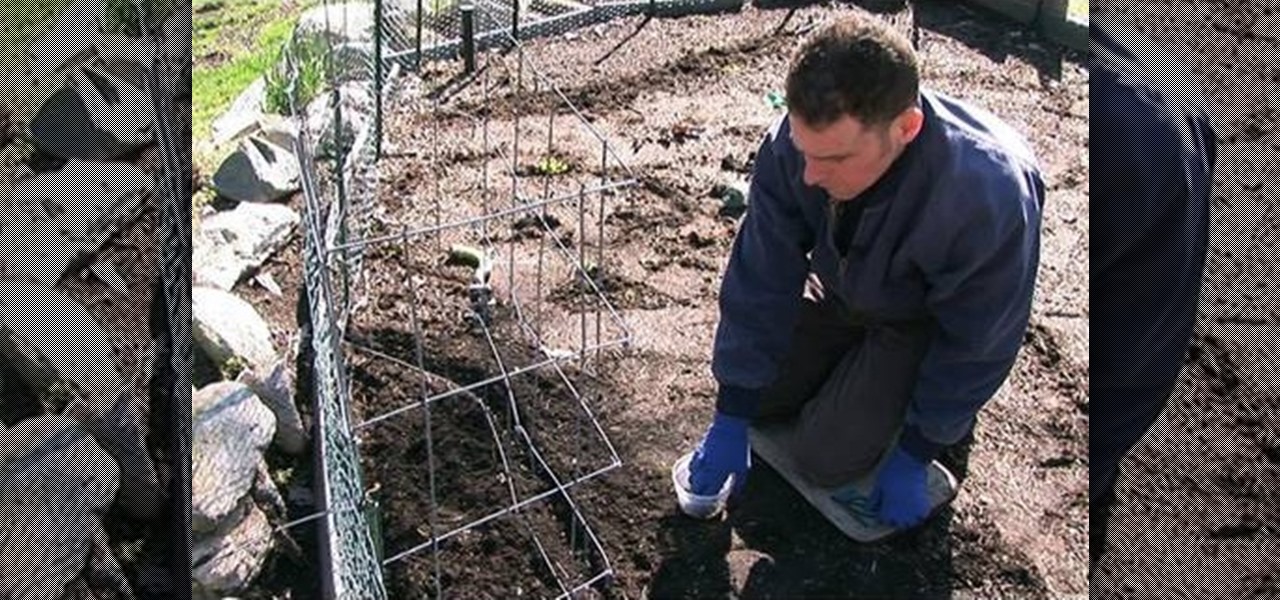
There is nothing like fresh vegetables from the garden. Dave Epstein shows us the secrets to planting peas.
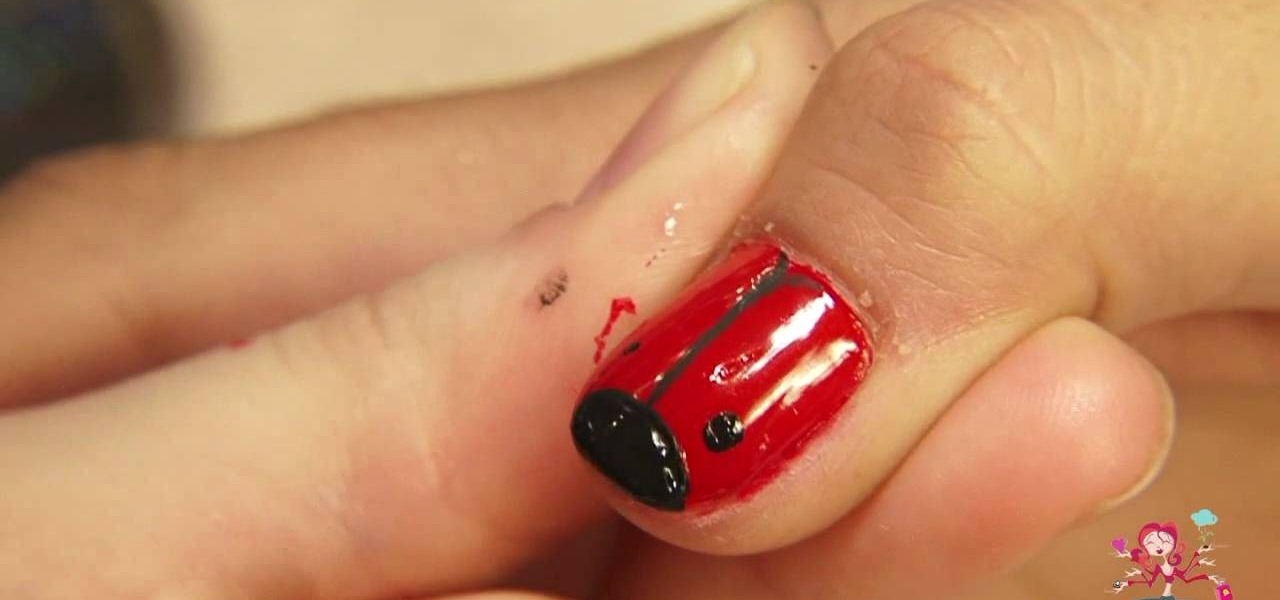
Are you heading out this weekend for a relaxing fall picnic with some friends? Then get into the spirit of the outdoors by adorning your nails with some of the prettiest insects on the lawn: ladybugs!

How would you like to try a juicy green caterpillar, or a big fat red beetle? They're really quite delicious, we assure you. Well, at least when they're in candy form.

Weeping willows, globe willows, corkscrew willow, cotton wood are all prone to bores than other diseases. They grow in fertile soil with lots of moisture. Never treat tree chemical. Prune as necessary, take out dead diseased limbs, water and fertilize regular. This ensures the tree lasts longer and that the tree is less attractive to insects. Where tomatoes are concerned to avoid sunburn ensure that they are slightly covered with the folding of the plant. High salt level of water or chemicals...

To care for:Venus Flytrap: It is a great project for children, however, there are a few things to remember to look after this plant. Firstly it is best to use cover to protect the plant, as they have a tendency to dry out quickly. Also be careful not to overfeed the plant insects.Gloxinia: Many people buy this beautiful plant in bloom, however, after bloom they throw away the plant as they think they have killed it by over watering. All you do is stop watering it so it lies dormant, and then ...

Curtis Smith, an extension horticulturist talks about using cages for your tomato plants. He says that some people like to stake tomatoes, some like to cage them and some even just let their tomato plants sprawl. He talks to a local gardener who has built his own tomato cages out of concrete wire. The gardener shows his cages, which he built 10 years ago and they still look sturdy today. Curtis gives a few tips like wrapping the cages with a special fabric that lets air and light through, but...
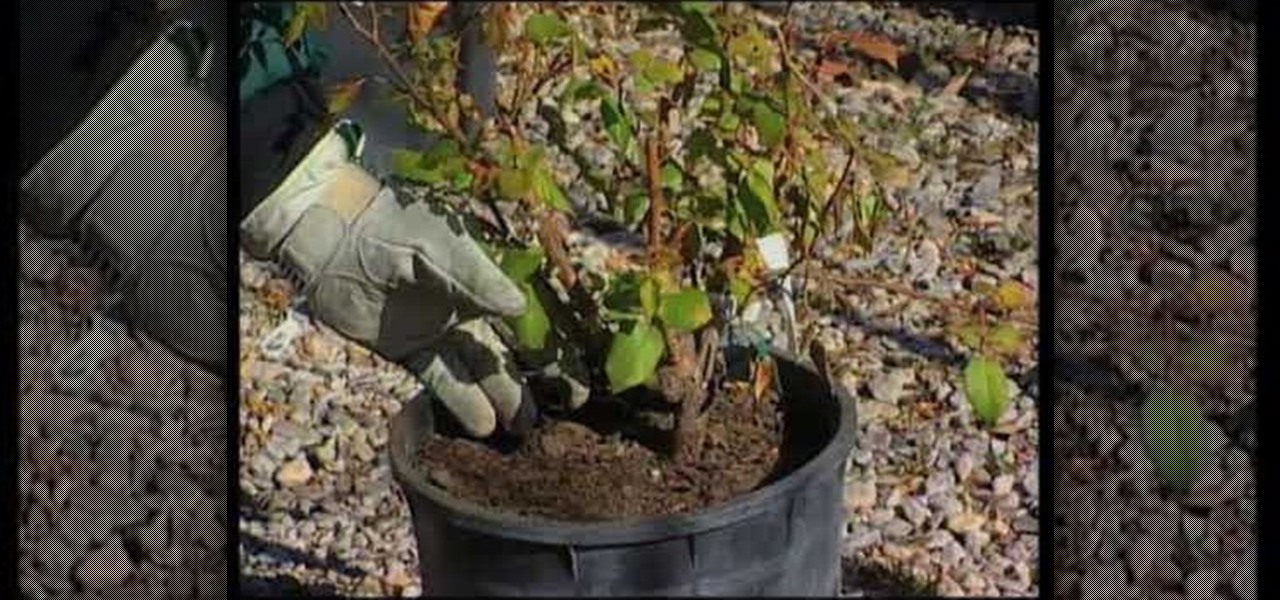
John White, a Doña Ana County Extension Agent, highlights a new section on the show - a monthly checklist for the garden. This time, he talks about what to do in your garden in the month of February. The checklist includes planting dormant plants, pruning with a purpose and applying herbicides and pesticides. He shows us various types of dormant plants that can be purchased from nurseries in February for planting such as potted, bare-root or root-balled plants wrapped in burlap. As for prunin...

Tenderfoot is the first rank earned as a Boy Scout. The requirements of becoming a Tenderfoot provide basic skills to begin preparing the scout for higher adventure outings. Earning badges and receiving recognition can be very satisfying to boys. However, keep in mind that the badge is only a representation of a valuable set of skills that a scout has learned and demonstrated. The skills, wisdom, and experience gained through the activities of the scouting program are of much more value than ...

Moles can be a problem. You can identify Moles as a problem if when you stick your finger down a hole you can feel a tunnel. There is a safe way to rid your lawn of Moles without harming other pests, insects, pets or family. Castor Oil produces an odor that Moles don't like. Get it in granular or liquid form, sprinkle it around the area. You'll see more Mole activity in the first few days because they'll get agitated but quickly they'll move somewhere else. Don't use a castor oil from a groce...

Spiders are common pests that typically prefer to live outdoors. However, insects and warmth will eventually attract them into our houses. They like to spin their webs in corners, crevices and unused areas of your house. Most species are harmless and even act as a natural repellent for getting rid of other insects. However, in some cases, spiders can be very dangerous. Whichever the case may be, they are scary and people are always looking for natural ways to get rid of them.
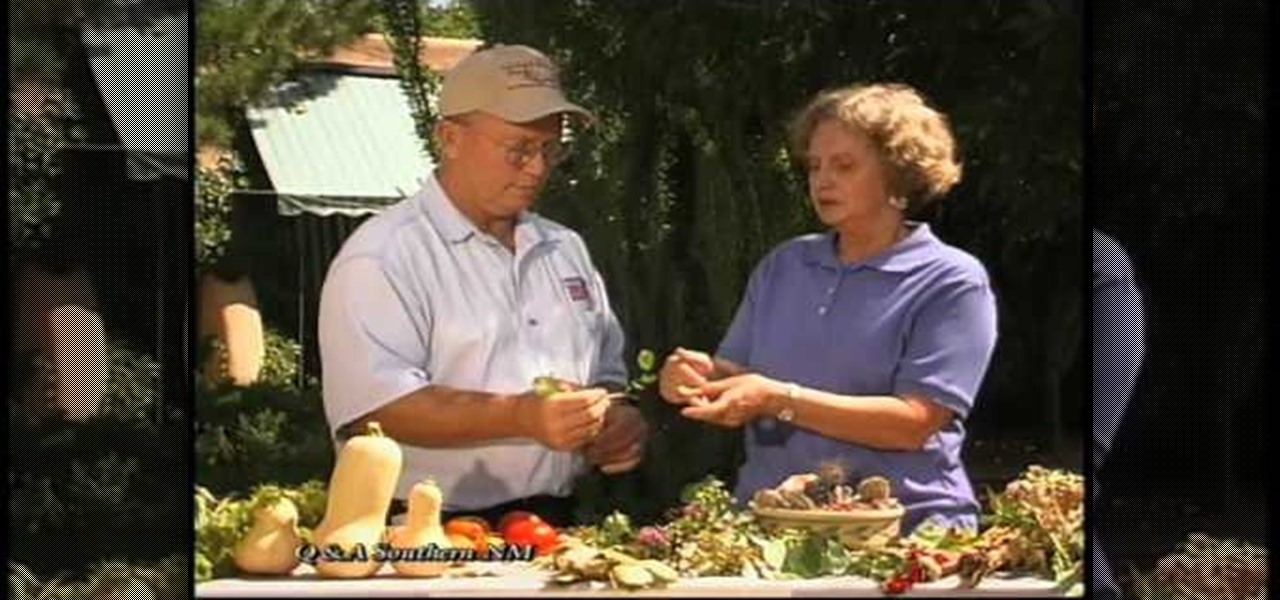
John White and Rosemary Maddox address garden problems concerning heat and sun damage on their plants. Rosemary grows tomatoes that grow healthily, but are dry and cracked at the top. John identifies the problem as an excessive exposure to heat and sunlight, and recommends putting a netting over the plants to filter and moderate the sunlight. Rosemary also has a similar problem with her roses. The leaves on her rose plants become yellow and brown and eventually die off. John calls it "heat sc...

Keeping your garden tomatoes free from pests and insects is no easy task. Luckily you don't have to spend a lot of money to help your tomatoes grow to be their best. Staking your tomatoes will lift them off the ground, away from pesky insects, and protecting them from pests. In this video you'll learn how to make your own garden tomato stakes with cedar or redwood fence boards, which will save you a lot of money in the long run!
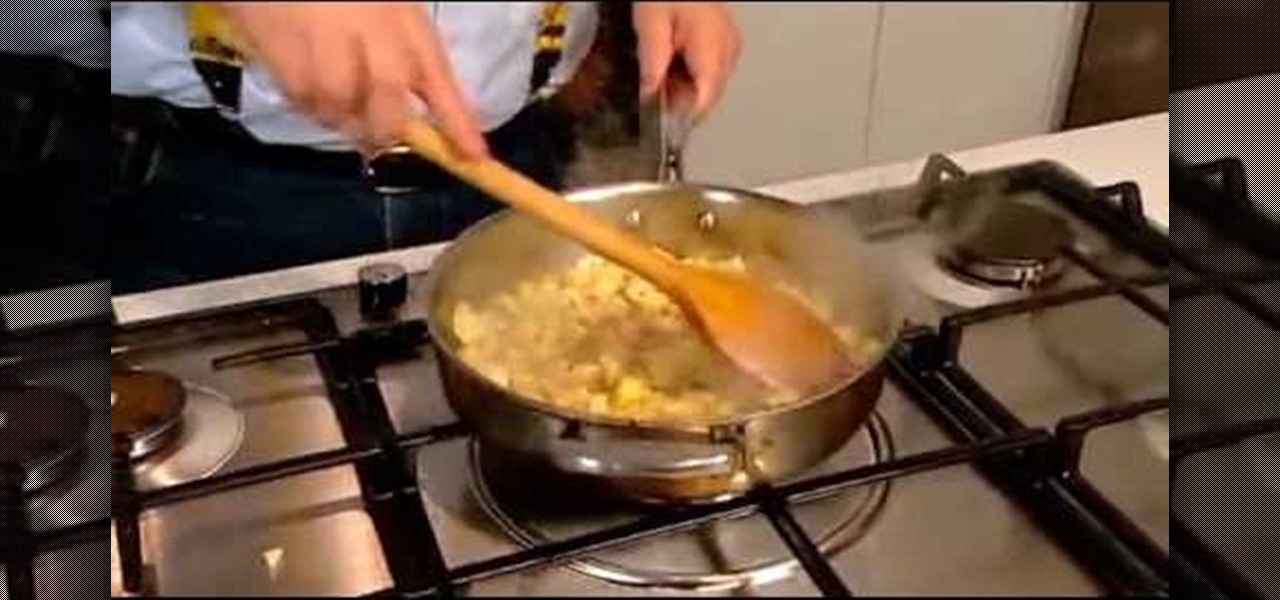
This video shows tips on how to use insects to benefit your garden. This will teach you ways to reduce the insect load in gardens without the use of chemicals. Rose aphids can be controlled with lady beetles, for example. Although these techniques have been used for agricultural use, they will work in your home garden. Asian Lady Beetle, tend to stay put. They won’t migrate. They will attack Pecan Aphids. Trichograma, a wasp that is effective against larvae and eggs.